Electric skateboards have become a popular choice for modern urban commuting and recreational riding, yet their chargers—an essential accessory—are often overlooked. A suitable charger not only extends battery life but also ensures safety. This guide will provide a detailed explanation of how to choose the best charger for your electric skateboard.
This guide covers:
✅ How to select the right charger for your electric skateboard
✅ Can you use a higher-amp charger for faster charging?
✅ Understanding voltage, current, and battery compatibility
✅ Safety tips to avoid battery damage
1. Understanding Electric Skateboard Battery Basics
Comparison of mainstream battery types:
- Lithium-ion (Li-ion): Used in most electric skateboards, high energy density, lightweight
- Lithium polymer (LiPo): Thinner and lighter but requires more careful charging management
-
Lead-acid: Found in older models, now rarely used
Key parameters explained:
- Voltage (V): Common ratings include 36V, 43.2V—must match the charger
- Capacity (Ah): Represents discharge capability and determines charging time (higher capacity = longer charging time)
-
Charge rate (C-rate): Indicates charging speed (e.g., 10Ah battery at 1C = 10A charging current)
Example: A 10Ah battery charged at 10A (1C) takes about 1 hour to charge.
Common misconceptions:
1."Higher current = faster charging = better"
- Batteries have a maximum allowed charging current (usually labeled as "C-rate").
-
Exceeding this limit can cause:
- Battery overheating and swelling
- Lithium crystal formation (irreversible damage)
-
Accelerated capacity degradation
2."As long as the voltage matches, any high-current charger is fine"
- The charger’s current rating indicates its maximum output capability, but the actual charging current is controlled by the Battery Management System (BMS).
-
However, long-term use of an overpowered charger can:
- Increase BMS stress
- Cause connector overheating
-
Shorten overall lifespan
3."Low-current chargers can be used freely"
-
While safer, too-low current has drawbacks:
- Extremely long charging times (e.g., 10Ah battery at 1A = 10+ hours)
- May fail to fully activate battery balancing
- Long-term undercharging can affect performance
2. Key Factors in Choosing a Charger
1. Voltage matching 🔋
-
Must exactly match the battery’s rated voltage.
- 36V standard / 42V max → Requires a 42V charger
- 43.2V standard / 50.4V max → Requires a 50.4V charger
- Using the wrong voltage may damage the battery or create safety hazards.
2. Current (Amperage) selection ⚡
- Current determines charging speed, but higher isn’t always better.
-
Consider:
- Charger current vs. cable capacity
- Fast charging (high current) may cause overheating and shorten battery life
- Recommendation: Use the manufacturer’s original charger.
3. Risks of excessive current
-
- Overheating → Reduced battery life or fire risk
- BMS failure → Battery management system may shut down or fail
-
Battery swelling → Common with cheap chargers
4. Connector type
- Veymax’s redesigned 3-pin waterproof charging port is safer and more stable than standard DC ports.
-
Features:
- Reverse polarity protection
- Temperature monitoring
- Physical locking mechanism
- Works with BMS to extend battery life—no overheating at high currents, no loosening from vibrations.
5. Upgrading to GaN chargers
- Some Veymax electric skateboards (e.g., **Merlin 50.4V 3A, Mini Monster 58.8V 2.8A**) now use **GaN chargers**.
-
Compared to traditional silicon-based chargers, GaN chargers offer:
- Higher efficiency
- Compact size
- Superior temperature control
- Long-term cost savings: If your board supports fast charging, upgrading to GaN is a smart choice.
6. How to choose the right charger for your electric skateboard
-
Step 1: Check battery specs
- Find voltage (V) and recommended charging current (A).
- Look for "Max charging current"—if it says 2A, don’t use a 5A charger!
- Step 2: Choose a high-quality charger (avoid cheap knockoffs!)
3. Safety Tips ⚠️
- Charging environment: Charge on a dry, well-ventilated, flat surface
- Charging duration: Avoid overcharging—disconnect once fully charged
- First charge: Follow manufacturer recommendations (usually requires full charge/discharge cycles)
- Storage tips: Store at ~50% charge if unused for long periods
- Handling issues: Stop using immediately if the charger or battery overheats/swells
4. FAQ
Q: Can I use a higher-current charger for faster charging?
A: Not recommended. Exceeding the manufacturer’s suggested current significantly shortens battery life and increases safety risks.
Q: Are third-party chargers safe?
A: Reputable brands with matching specs are safe, but OEM chargers are always the safest choice.
Q: Should the skateboard be turned off while charging?
A: Yes, always power off the skateboard when charging.
Q: Is charger heating normal?
A: Slight warmth is normal, but excessive heat or strange odors mean you should stop using it immediately.
Conclusion
Choosing the right electric skateboard charger isn’t just about convenience—it affects device longevity and safety. Investing in a high-quality charger saves future repair or replacement costs. When in doubt, consult the manufacturer or a professional dealer.
Happy riding, safe charging!
- What’s your charging setup?
- Do you use the original charger?
- Have you tried higher-amp or dual chargers?
- Any bad experiences with cheap chargers?
Let’s discuss in the comments!
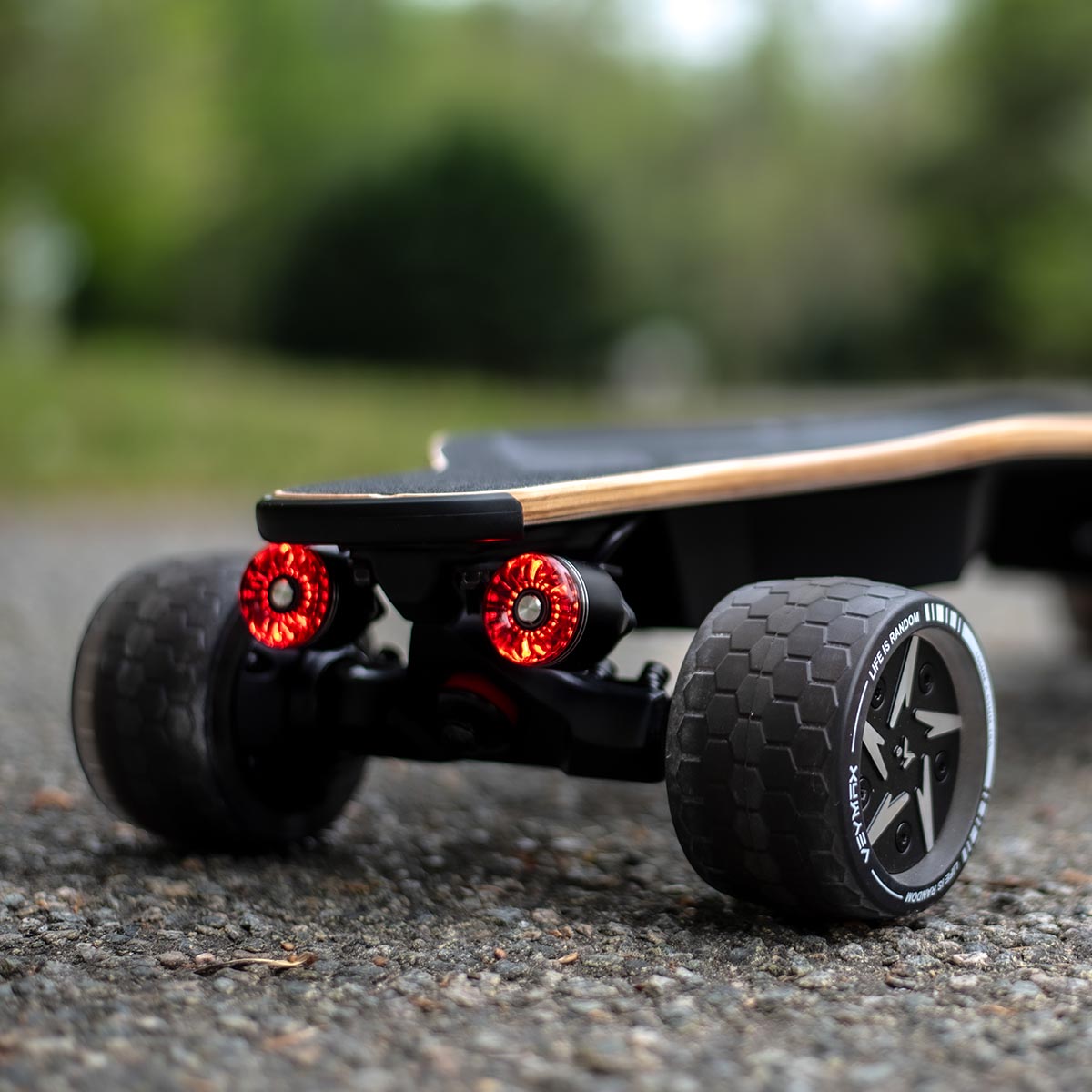
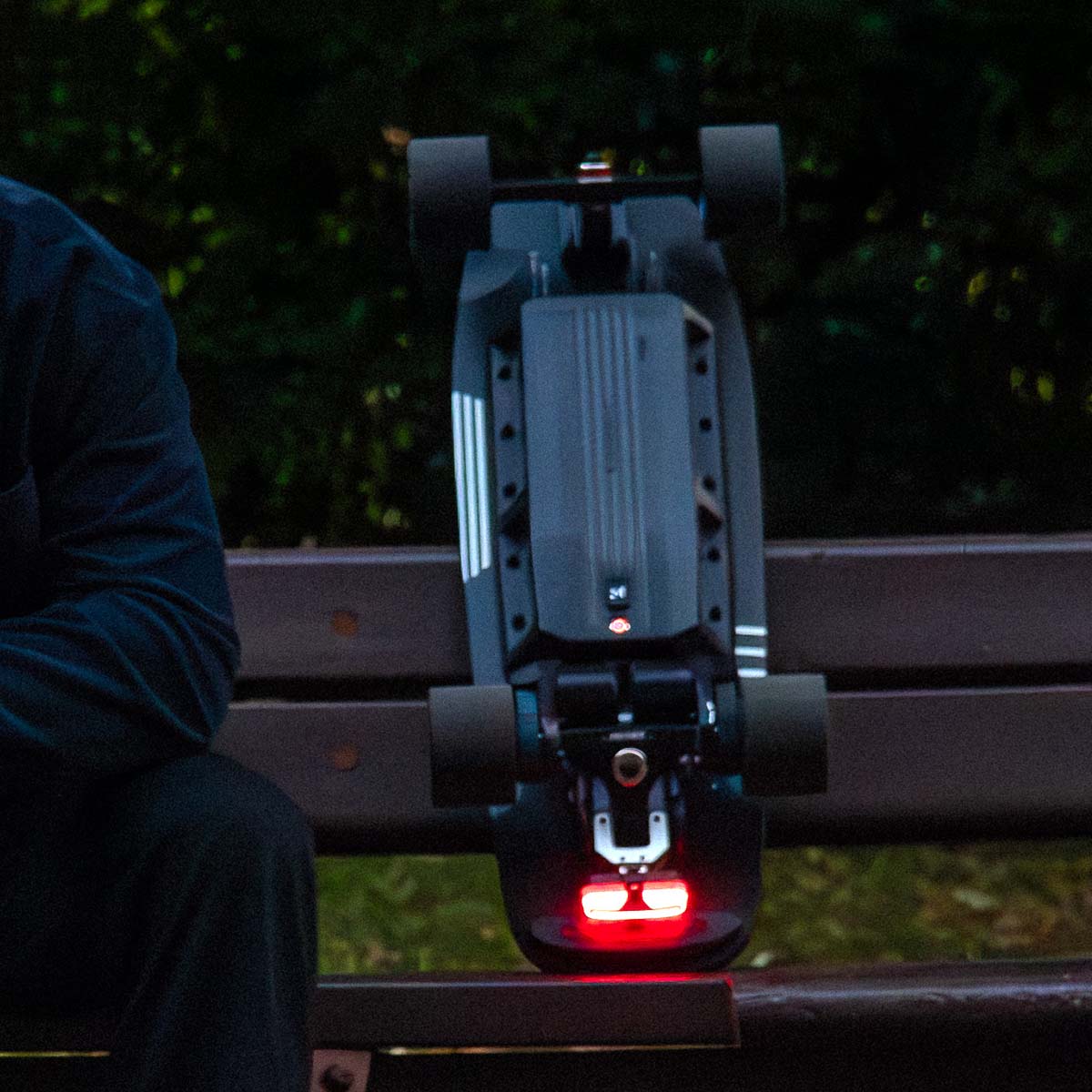
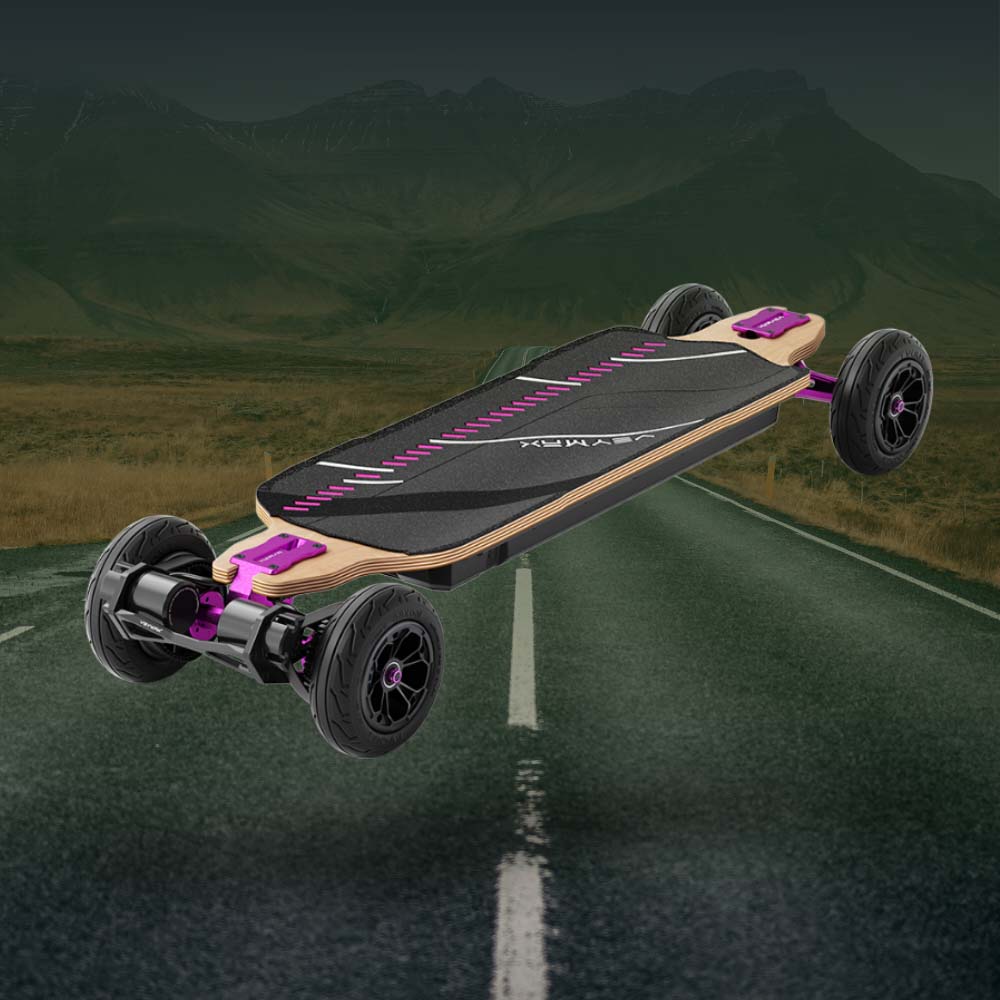
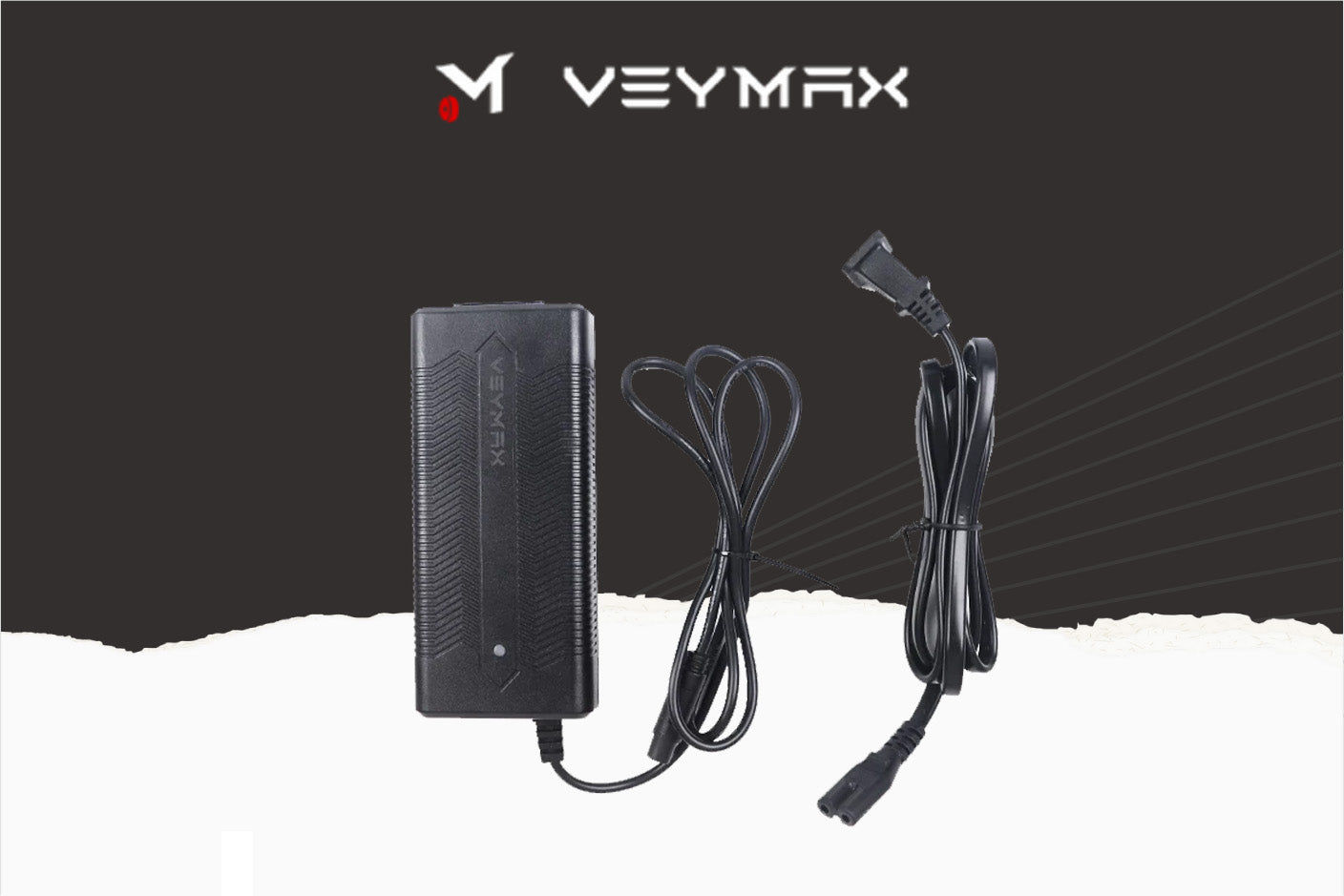
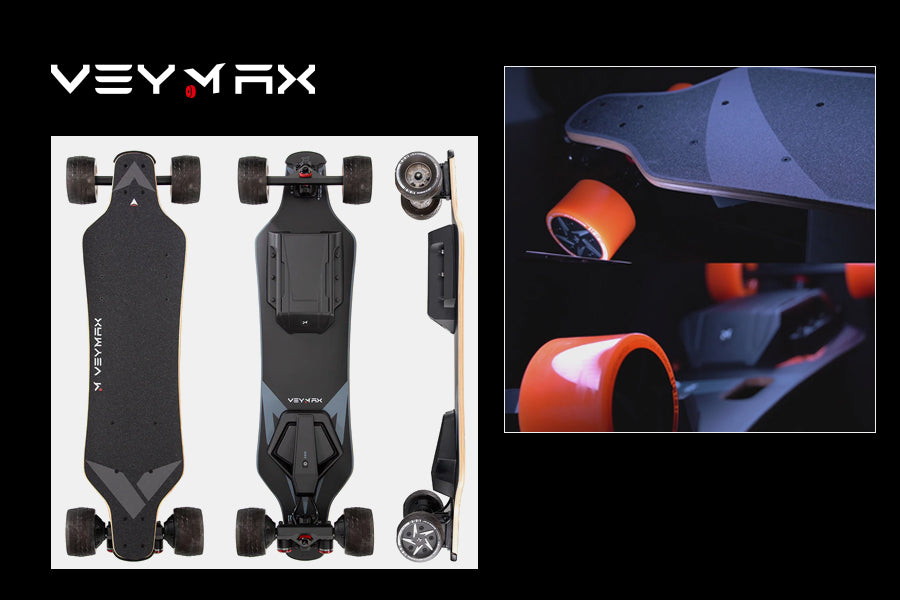

Leave a comment
This site is protected by hCaptcha and the hCaptcha Privacy Policy and Terms of Service apply.